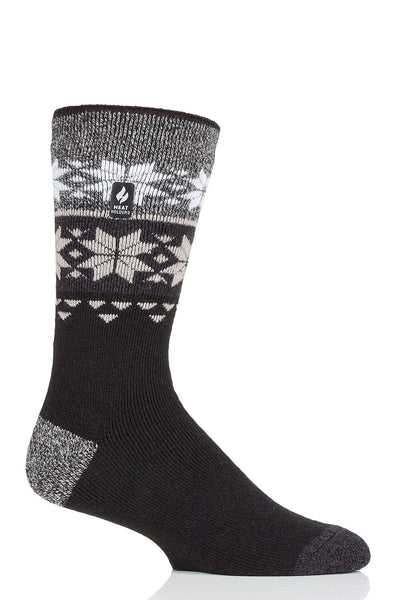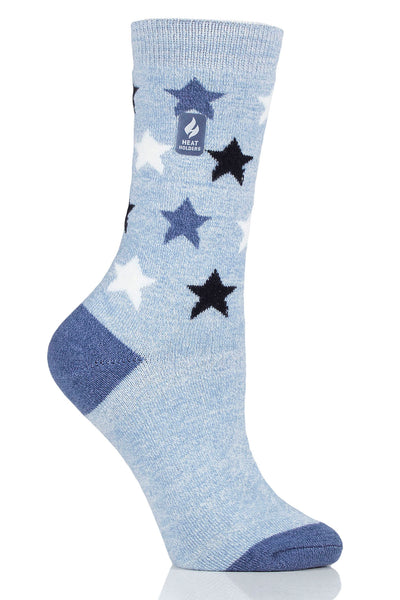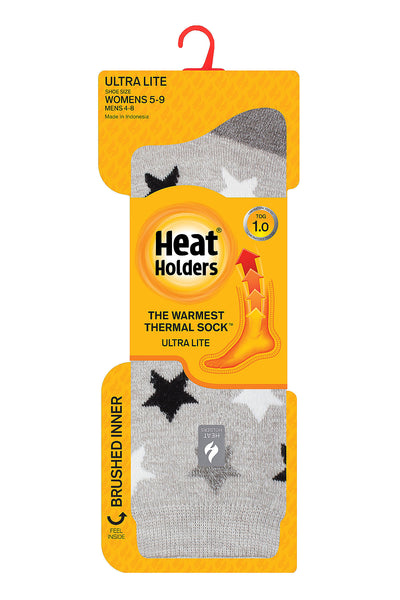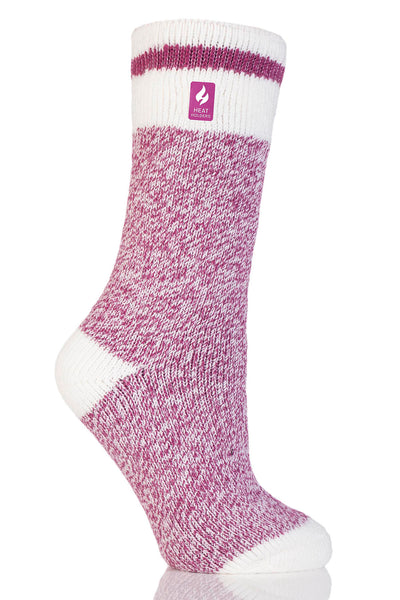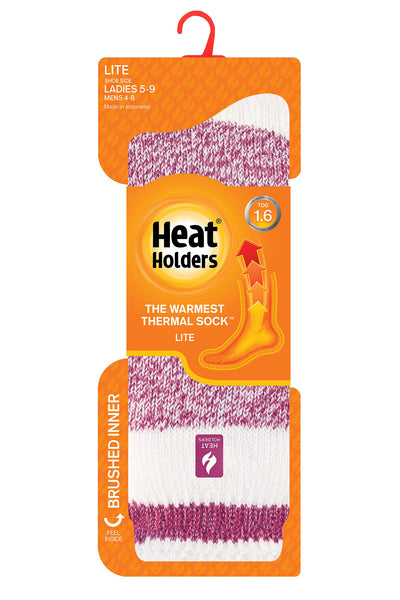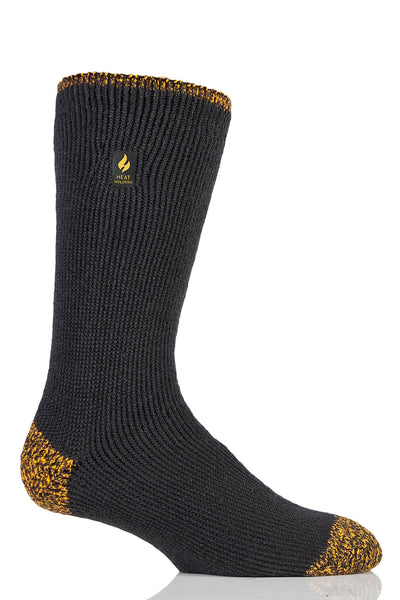When the snow starts falling and the temperatures drop, keeping your feet warm and dry is essential. Cold feet can not only be uncomfortable, but they can also pose health risks. But don't worry, with the right snow socks, you can ensure the utmost warmth and comfort for your feet even in the harshest snowy conditions. In this article, we'll explore the importance of warm feet in cold weather, the key features to look for in snow socks, proper care and maintenance tips, and answers to frequently asked questions to help you make an informed decision. Let's dive in!
Understanding the Importance of Warm Feet in Cold Weather
When exposed to cold temperatures, our bodies naturally try to retain heat by reducing blood flow to the extremities. This is why our fingers and toes are often the first to feel the chill. However, it's crucial to keep your feet warm in cold weather for several reasons.
One reason why it's important to keep your feet warm in cold weather is to maintain overall comfort. When your feet are cold, it can be difficult to focus on anything else. The discomfort can be distracting and make it challenging to enjoy outdoor activities or even concentrate on daily tasks. By keeping your feet warm, you can ensure that you are comfortable and able to fully engage in whatever you're doing.
The Science Behind Cold Feet
When your feet are exposed to cold temperatures for an extended period, the blood vessels constrict, reducing blood flow and oxygen supply to the feet. The lack of proper circulation can lead to discomfort, numbness, and increased risk of frostbite.
Additionally, cold feet can affect your balance and coordination. When the blood vessels constrict, it not only reduces blood flow but also limits the delivery of nutrients and oxygen to the muscles in your feet. This can make it more difficult to maintain stability and increase the risk of slips, trips, and falls.
Health Risks Associated with Cold Feet
Cold feet not only impact your comfort but can also have serious health consequences. Prolonged exposure to cold temperatures can lead to conditions like frostbite and chilblains. Frostbite occurs when the skin and underlying tissues freeze, and chilblains result from the inflammation of small blood vessels due to exposure to cold.
In severe cases, frostbite can lead to tissue damage and even the need for amputation. It's important to take precautions to prevent frostbite by keeping your feet warm and protected. This can include wearing insulated socks, using foot warmers, and avoiding prolonged exposure to cold and wet conditions.
Chilblains, although less severe than frostbite, can still be quite uncomfortable. They typically cause red, itchy, and swollen patches on the skin, which can be painful and take time to heal. By keeping your feet warm and avoiding extreme temperature changes, you can reduce the risk of developing chilblains.
To prevent these risks, it's crucial to choose snow socks that provide adequate insulation, moisture management, and protection against the elements. Investing in high-quality socks specifically designed for cold weather can make a significant difference in keeping your feet warm and protected.
Key Features to Look for in Snow Socks
When selecting snow socks, certain features can make a significant difference in keeping your feet warm and dry. Let's explore these key features:
Material Considerations for Maximum Warmth
The material of the snow socks plays a vital role in providing maximum warmth. Look for socks made from high-quality, insulating materials such as merino wool blends or synthetic blends. These materials are known for their excellent heat retention properties and moisture-wicking capabilities, keeping your feet cozy and dry even in snowy conditions.
Merino wool, in particular, is a popular choice for snow socks due to its natural ability to regulate temperature. It effectively traps heat close to the skin while also allowing moisture to escape, preventing your feet from becoming sweaty and uncomfortable. The soft and fine fibers of merino wool also provide a luxurious feel against your skin, ensuring optimal comfort throughout your winter adventures.
On the other hand, synthetic blends like polyester and nylon offer their own set of advantages. These materials are often more affordable than merino wool and can provide similar levels of warmth and moisture-wicking capabilities. Additionally, synthetic blends are known for their durability and quick-drying properties, making them ideal for extended outdoor activities in the snow.
Design Elements for Dryness and Comfort
In addition to the material, design elements like cushioning, arch support, and reinforced toe and heel areas contribute to the overall comfort and performance of snow socks. Proper padding and support can help reduce foot fatigue and provide additional insulation against the cold.
When it comes to cushioning, look for snow socks with strategic padding in high-impact areas such as the heel and ball of the foot. This extra cushioning not only adds comfort but also helps absorb shock and reduce the risk of blisters or foot injuries while trekking through snowy terrain.
Arch support is another crucial design element to consider. Snow socks with built-in arch support can help alleviate discomfort and provide stability, especially during long periods of walking or hiking. This feature helps distribute weight evenly across the foot, reducing strain on the arch and preventing fatigue.
Reinforced toe and heel areas are essential for durability and protection. These reinforced sections are often made with stronger materials or additional layers to withstand the friction and impact that occur during winter activities. By reinforcing these areas, snow socks can last longer and provide enhanced comfort and support throughout multiple seasons.
Lastly, consider socks with a moisture-wicking or moisture barrier feature to keep your feet dry and prevent the buildup of sweat. Moisture-wicking technology pulls moisture away from the skin and disperses it throughout the fabric, allowing it to evaporate quickly. This feature helps regulate temperature and prevents the accumulation of moisture, reducing the risk of blisters and fungal infections.
Some snow socks also incorporate a moisture barrier, such as a waterproof membrane or coating, to provide an extra layer of protection against wet conditions. This barrier prevents water from seeping through the sock, keeping your feet dry even when walking through slush or deep snow.
Heat Holders®, as the name suggests, specializes in thermal socks that are perfect for cold weather conditions. Their snow socks are made from a unique blend of acrylic, polyester, and nylon, offering exceptional warmth and comfort. Heat Holders® snow socks feature a brushed inner lining that traps warm air, keeping your feet cozy even in freezing temperatures.
Proper Care and Maintenance for Your Snow Socks
Proper care and maintenance are essential to ensure the longevity and performance of your snow socks. Here are some tips:
Washing and Drying Tips
- Follow the manufacturer's instructions for washing your snow socks. Some socks may require hand washing, while others can be machine washed.
- Use a gentle detergent specifically designed for delicate fabrics.
- Avoid using fabric softeners, as they can reduce the sock's moisture-wicking capabilities.
- After washing, gently squeeze out excess water and reshape the socks before laying them flat to dry. Avoid wringing or twisting the socks, as it can distort their shape.
Storage Suggestions for Off-Season
- Clean your snow socks thoroughly before storing them to remove any dirt or sweat.
- Ensure the socks are completely dry before storing them to prevent mildew or odor buildup.
- Store the socks in a cool, dry place away from direct sunlight to maintain their quality.
- Consider using airtight bags or containers to protect the socks from moisture and pests.
Frequently Asked Questions About Snow Socks
Let's address some common queries related to snow socks:
How Often Should I Replace My Snow Socks?
The lifespan of snow socks depends on various factors, such as usage, care, and the quality of the socks. Generally, it's recommended to replace your snow socks every season or when you notice signs of wear and tear, such as thinning fabric or decreased insulation.
Can I Wear Snow Socks for Other Winter Activities?
While snow socks are primarily designed for snowy weather, they can be versatile enough to be worn for other winter activities like hiking or ice skating. However, keep in mind that the specific features required may vary depending on the activity. Always check the sock's specifications to ensure it meets your needs.
Conclusion
Choosing the best snow socks is crucial for keeping your feet warm and dry in snowy weather. Consider the material, design elements, and reputable brands that offer high-quality options to maximize insulation and moisture management. Remember to take proper care of your snow socks through regular washing, drying, and storage. With the right snow socks, you can enjoy winter activities comfortably and reduce the risk of cold-related health issues. Stay warm and embrace the snowy season!





